Wales is home to more castles per square mile than anywhere on the planet, with over 600 found across this tiny, beautiful country.
Each has its own long history, with many dating back to the medieval period.
As the third series of “The Crown” arrives on Netflix, including the investiture of the Prince of Wales at Caernarfon Castle in 1969, now is the time to explore these Welsh treasures.
From vertiginous hillside ruins to city center gems, here’s our pick of the most beautiful castles in Wales to see when you travel there.
Caernarfon Castle

Caernarfon is arguably the most spectacular castle in Wales.
Work began on the current stone wall structure in 1283 and wasn’t completed until 1330, although Roman fortifications were built here as far back as 77 CE.
Built by King Edward I, its immense and imposing towers sit on the River Seoint and the Menai Strat, overlooking the island of Anglesey.
The first modern Prince of Wales, who would later become Edward II, was born here in 1284.
Prince Charles’ investiture as Prince of Wales took place at Caernarfon in 1969, a defining moment for the modern British monarchy.
Conwy Castle
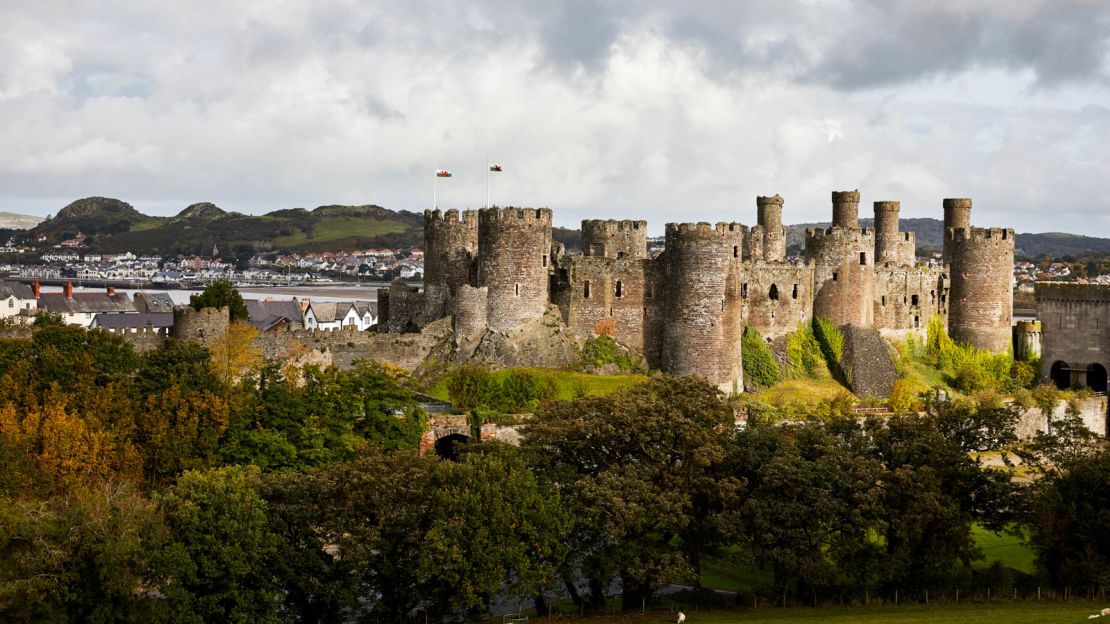
Along with the castles at Caernarfon, Harlech and Beaumaris, Conwy is part of a wide-ranging UNESCO World Heritage Site.
The castle here was built in just four years, between 1283 and 1287, all the more impressive when you stand atop its battlements and consider how it still stands tall over 700 years later.
The views across to the peaks of Snowdonia and over the unbroken medieval town walls are a worthwhile reward for braving its narrow spiral staircases.
Caerphilly Castle
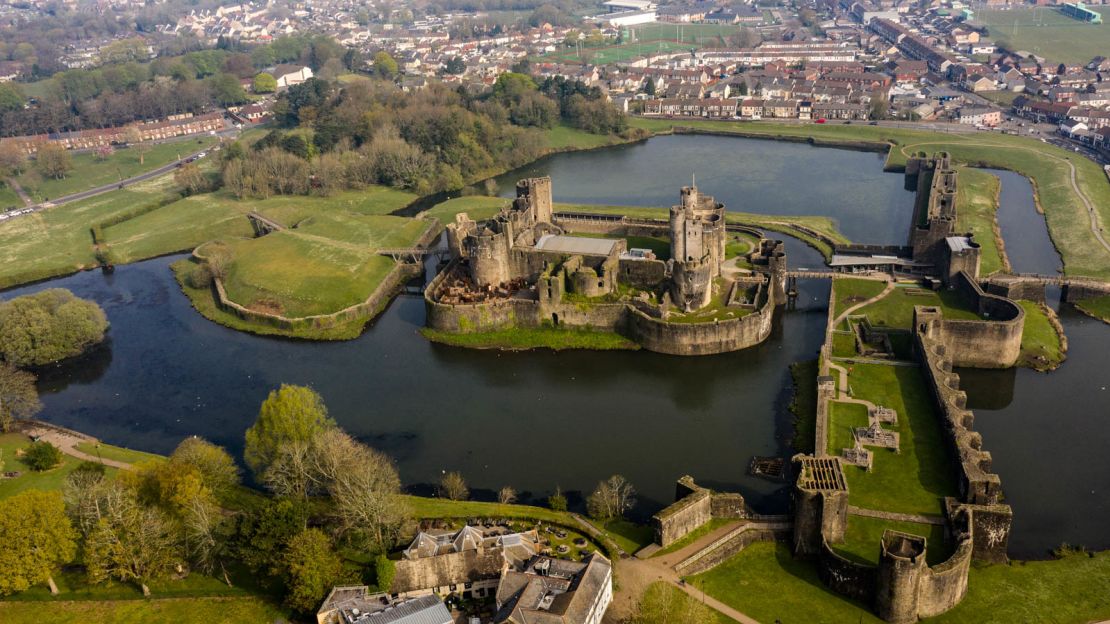
Caerphilly is the second largest castle in Britain, covering some 30 acres – only the royal seat of Windsor is bigger.
Work was started on this vast fortress in 1268 by Gilbert de Clare, an English nobleman determined to colonize the surrounding area of Glamorgan and see off the challenge of Llywelyn Ap Gruffudd, Wales’s last sovereign prince before Edward I finally conquered the principality in 1283.
Having repelled Llywelyn, Caerphilly Castle became a palatial home, although its southeast tower was left leaning precariously after fighting during the 17th century English Civil War.
Harlech Castle
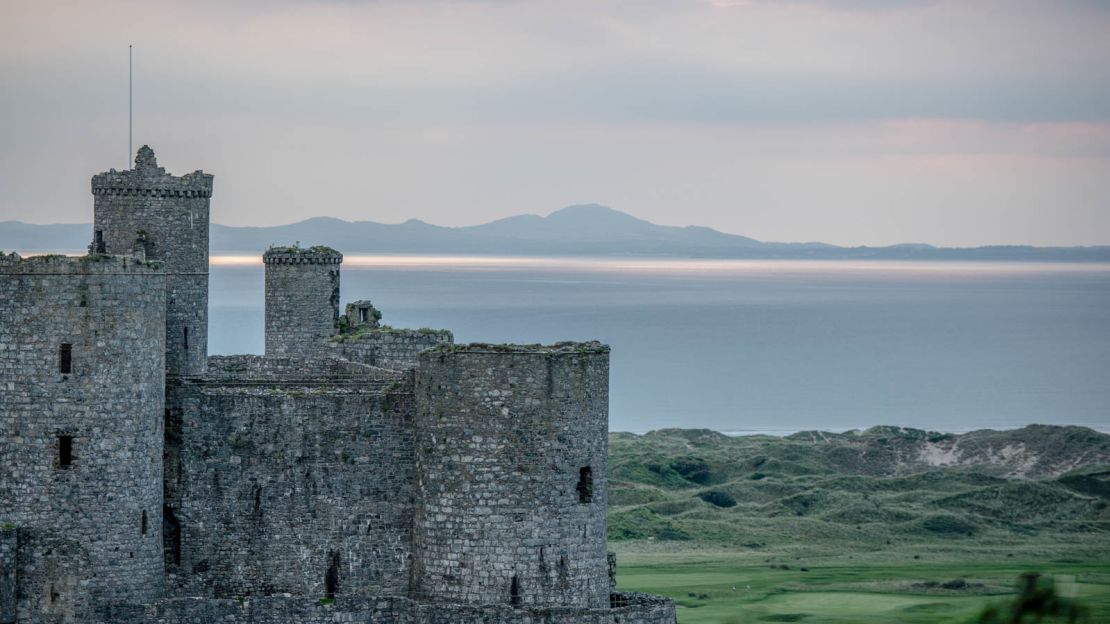
Harlech Castle stands on the shores of Cardigan Bay and is closely tied with the history of Welsh rebellion. Another of Edward I’s key fortifications, it was built in seven years, between 1282 and 1289.
However, its most famous hour came in 1404, when it fell to the forces of Welsh rebels led by Owain Glyndwr. The rebels held out until early 1409.
Today, the castle is accessible by a “floating footbridge” which links the visitor center to its original entrance.
Beaumaris, Anglesey
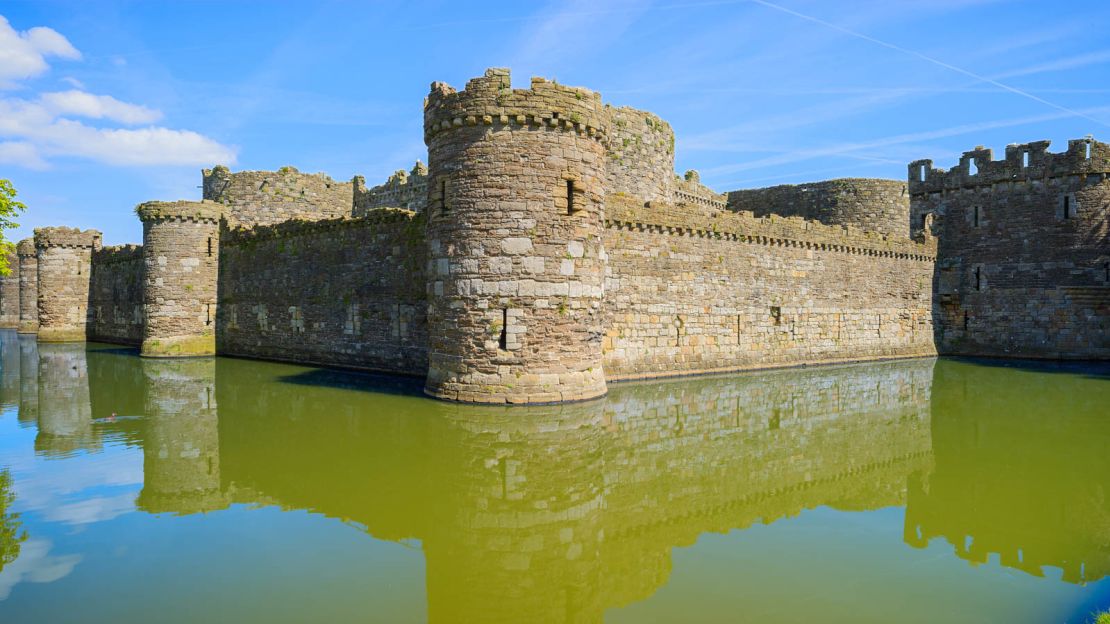
Beaumaris is known as the greatest castle that was never built. Conceived to stand alongside Caernarfon, Conwy and Harlech as outposts of English power in Wales, work was started by Edward I in 1295.
However, a lack of funds and fighting in Scotland meant that by the 1320s Beaumaris, meaning beautiful marsh, was essentially abandoned.
Today, its incredible, symmetrical design, made up of four concentric rings of fortifications and outer walls with more than 300 arrow loops, shows what might have been. Although it’s unfinished, this is still one of the finest castles in the world.
Cardiff Castle
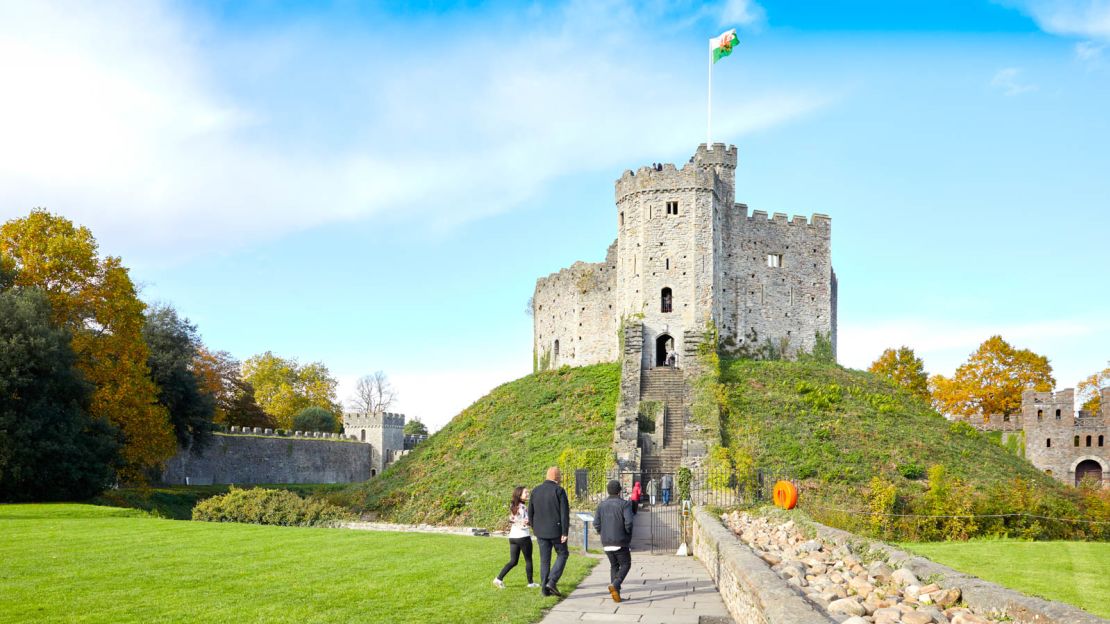
Not all Welsh castles overlook windswept bays or stand atop distant mountains. In fact, Cardiff has one of the best in the country.
Standing right in the heart of the modern-day city, Norman invaders built a simple castle keep in the 11th century within Roman fortifications dating back to the third century.
New sections have been added and original parts remodeled ever since, including a spectacular redesign in the 19th century by John Crichton-Stuart, third Marquess of Bute and at one time reported to be the world’s richest man.
Chepstow Castle
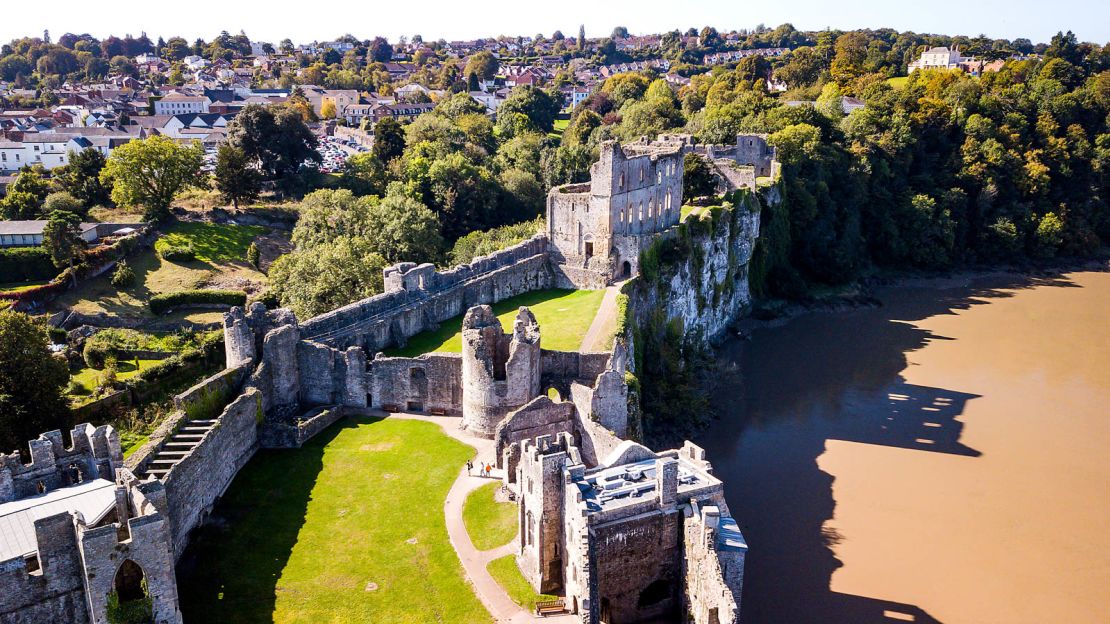
Set on limestone cliffs above the River Wye, Chepstow Castle dates back to 1067, when the Norman conquerors first laid the stone for what would become one of Wales’ most important castles.
Its riverside location made Chepstow one of the most strategically important strongholds in the country, allowing the Normans to launch a full-scale conquest of surrounding Gwent.
As the years passed it became less important in terms of defense, but remained a key seat of power.
Skenfrith Castle
Skenfrith might not stand tall or range across a vast number of acres, but this ruin in Monmouthshire is still one of Wales’ finest castles.
Said to have been built following the Norman Conquest of England in 1066, it was vital to securing a route into Wales from the town of Hereford.
Despite being key for Kings of England throughout the following centuries, by the 1500s it was a ruin. It wasn’t until the 20th century that it became a site of conservation.
Pembroke Castle
Initially built by Anglo-Norman noble Arnulf de Montgomery in 1093, the vast stone castle that still stands today was constructed in the late 12th and early 13th centuries by William Marshall, the First Earl of Pembroke.
At the center of sieges and battles between local Welsh rebels and conquering English kings in the following centuries, Pembroke Castle is also said to have been the birthplace of Henry VII, the first Tudor king of England, who assumed the throne in 1485.
Powis Castle
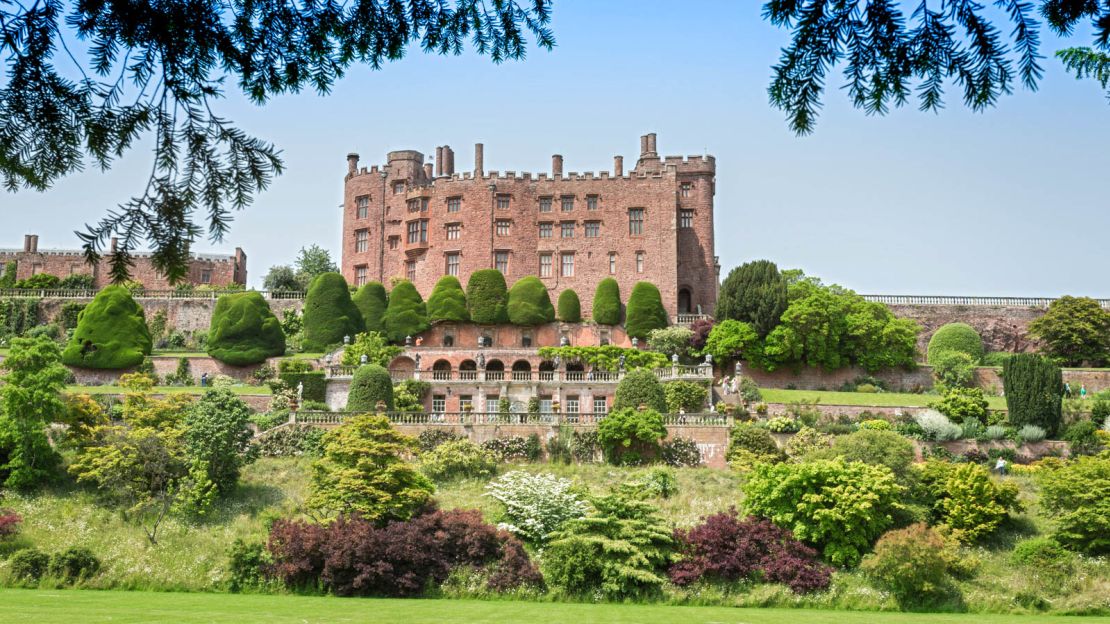
Built by the Welsh prince Gruffydd ap Gwenwynwyn in the 1280s, Powis Castle sits close to the town of Welshpool in the heart of Wales.
While its medieval roots are obvious, in truth Powis became even more important during the 18th and 19th centuries, when the estate became the property of the Clive family.
The Clives were at the forefront of the British conquest of India, with antiquities controversially taken by the family house in the castle’s Clive Museum.
Dinefwr Castle
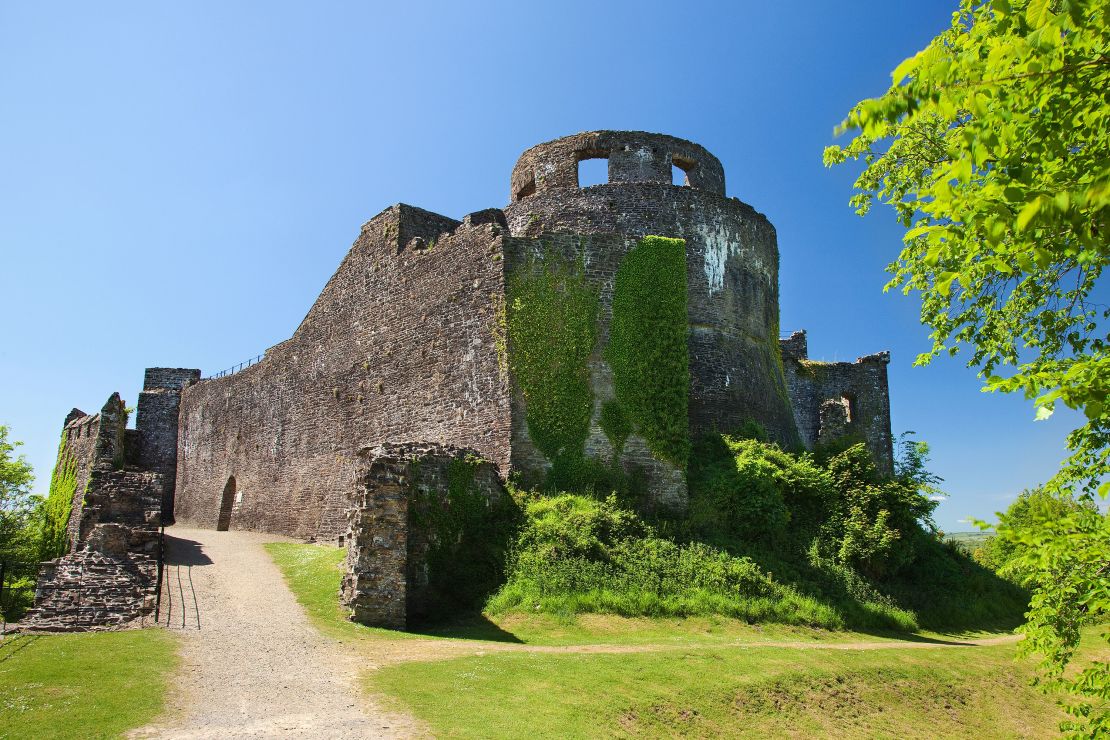
The heart of the medieval Welsh kingdom of Deheubarth, Dinefwr Castle stands high above the River Tywi.
It was rebuilt during the 12th century by the Lord Rhys, the kingdom’s ruler, who presided over a stable period during which culture in the region flourished.
Dinefwr eventually came under English rule in 1287.
The area is known for its wildlife, with 700-year-old trees providing shelter for deer and a wide range of birdlife.
Carew Castle
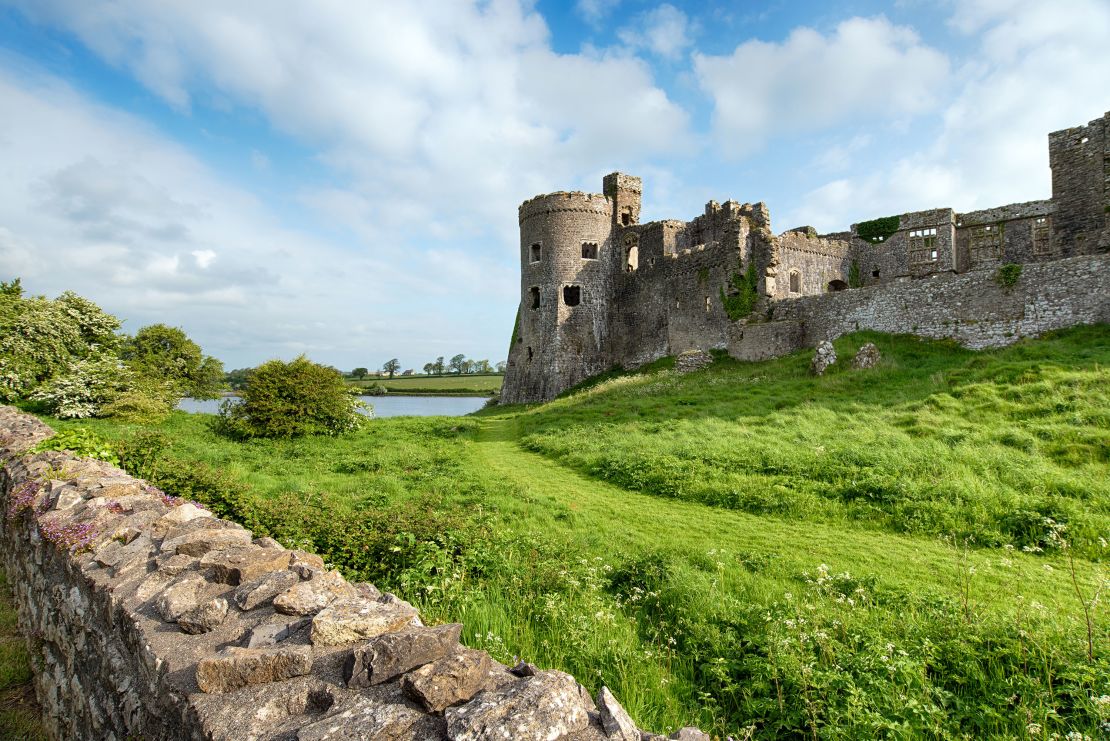
This spectacular castle looks out across a vast tidal inlet.
It’s said to have been a key military outpost for as many as 2,000 years, although the current building dates to the late 11th century and the years after the Norman invasion of England and Wales.
It was also a key outpost during the reign of the Tudors in the 1500s, with the castle modified and updated before falling into ruin. It remains one of Wales’ most stunning buildings.
Cardigan Castle
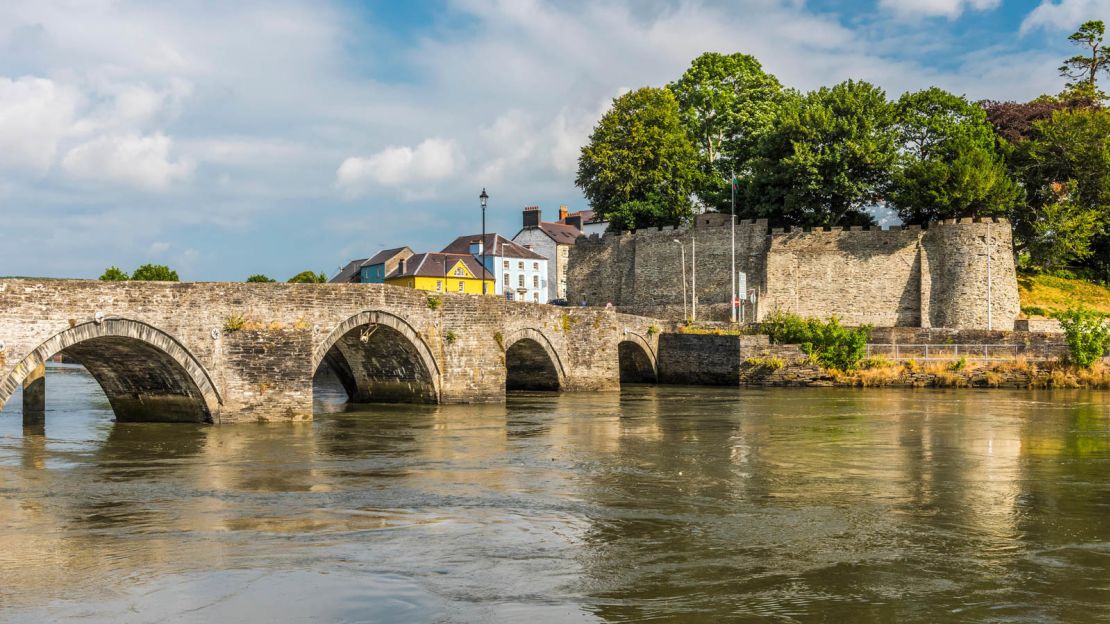
Cardigan holds a special place in Welsh history. Not only is it one of the finest examples of a Welsh castle, it was here in 1176 that the first National Eisteddfod, a gathering of musicians and poets, was held.
The event marked the completion of the castle by the Lord Rhys and has gone on to become a cornerstone of Welsh culture, still held each year.
Castell y Bere
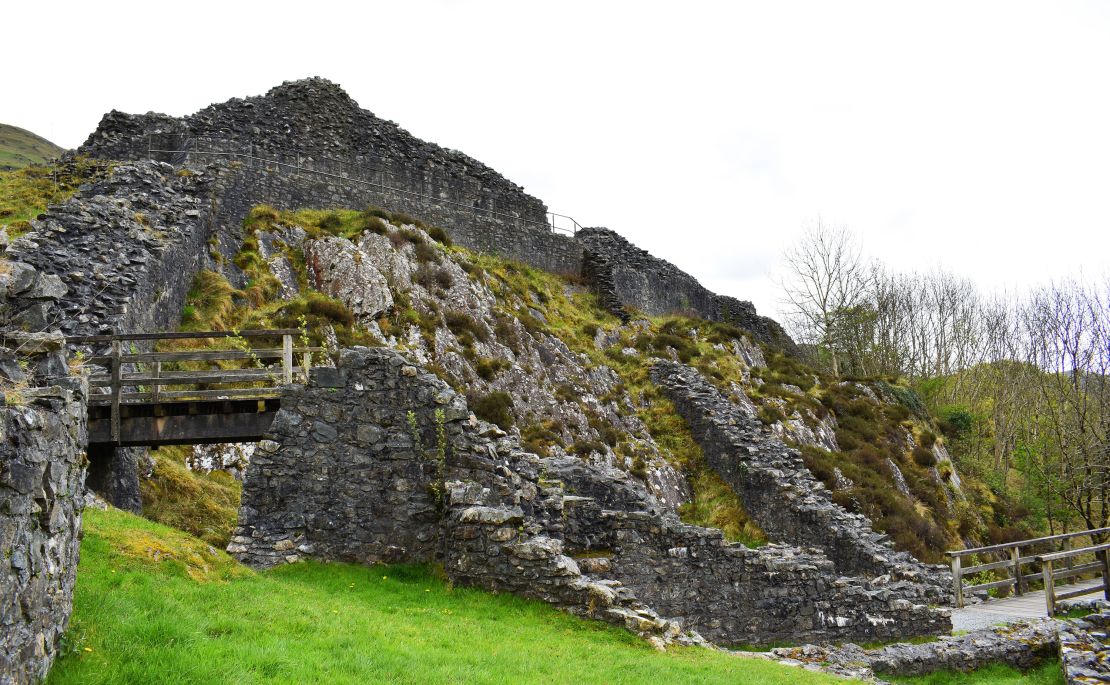
Castell y Bere is a native Welsh castle like no other. Built by Llewelyn the Great in the glorious southern peaks of Snowdonia, construction started in 1221, in a bid to protect the southern edge of Gwynedd.
Once it was captured in the late 13th century by Edward I, the castle was abandoned. Today its ruins offer some of the finest views in the entire country, not to mention an insight into the strength of the Welsh princedoms which ruled this area.
Laugharne Castle
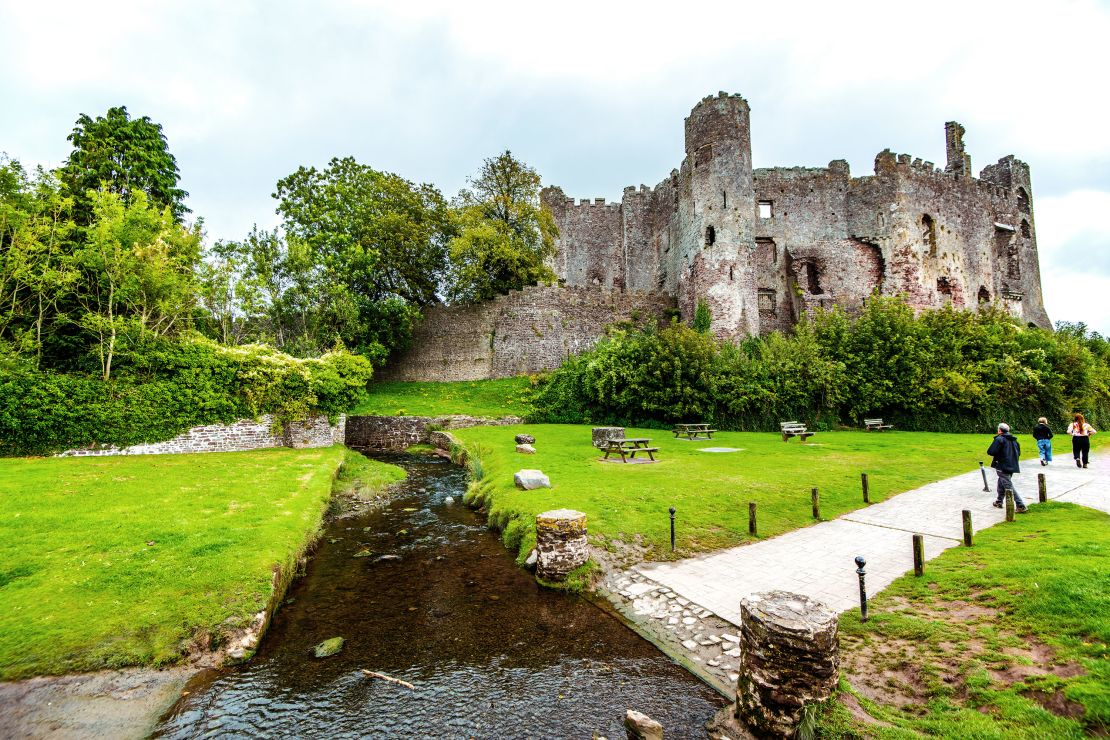
The majestic Laugharne Castle was heavily fought over between Welsh and English forces battling for supremacy in this beautiful region of West Wales.
The castle was originally built to protect the Taf estuary in 1116, before it was destroyed and rebuilt following a series of bloody battles over the following centuries, right through to the English Civil War of the 1640s.
Its ruins inspired J. M. W. Turner and Laugharne’s most famous son, Dylan Thomas, who wrote poetry here.
Raglan Castle
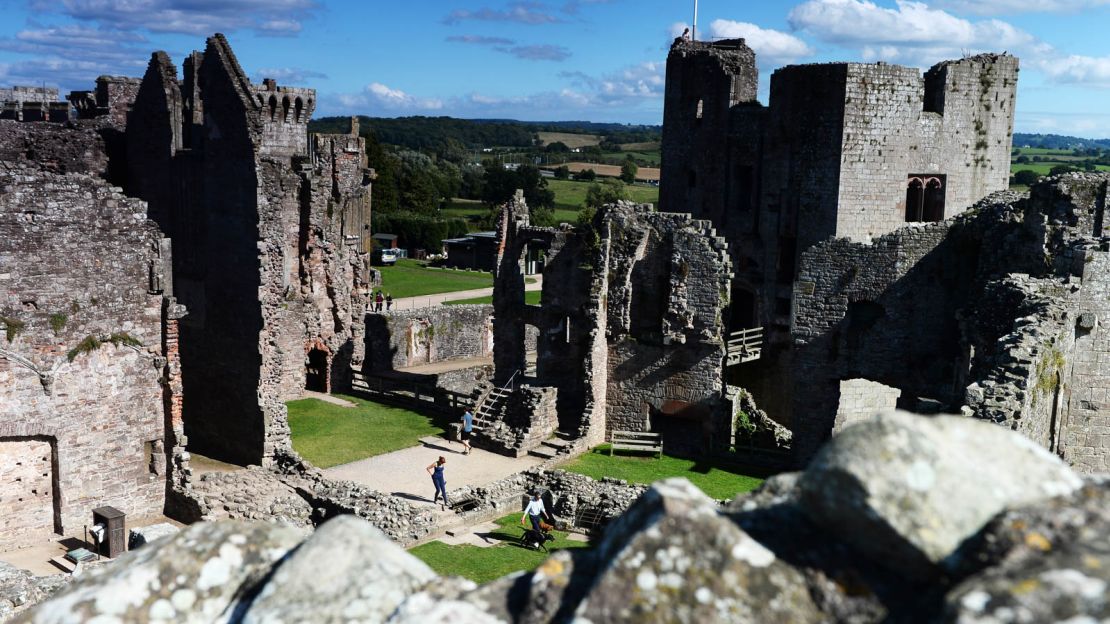
Raglan is perhaps the most opulent castle in Wales. It was much later than most of the country’s medieval fortresses, with the hulking Great Tower constructed in 1435 by Sir William ap Thomas.
His son, William Herbert, was responsible for the stunning gatehouse.
During the Tudor years Raglan became more of a palace than a castle, with a huge art collection and beautiful gardens. Much of it was destroyed by parliamentary forces during the civil war after Royalists holed up inside during one of the conflict’s biggest sieges.
Caldicot Castle

Work on the present-day stone castle at Caldicot began in 1221, when the castle became the property of the Earl of Hereford, Humphrey de Bohun.
Prior to that, the castle had been a simple wood and earth structure.
The castle became the center of a lengthy tussle between the heirs of de Bohun and the English nobility, before eventually falling into disrepair. It wasn’t until 1885 that it was partly restored by Joseph Richard Cobb, becoming a palatial home.
Cilgerran Castle
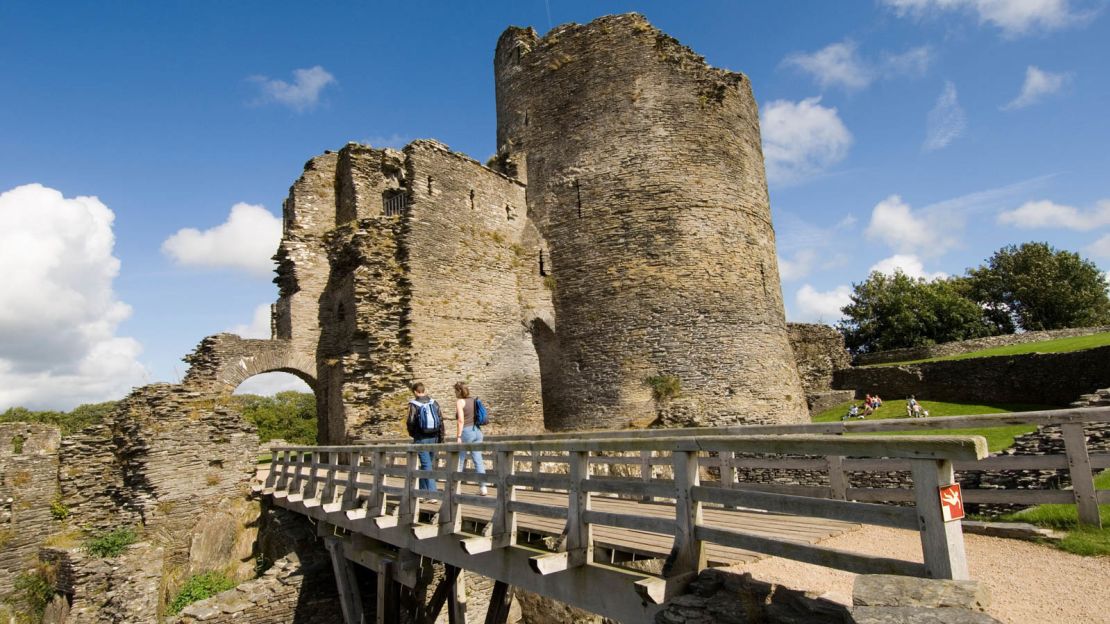
Cilgerran Castle is perched high above the Teifi gorge.
In a country with improbably placed castles, it’s perhaps the most striking of the lot. Work on the stone fortress began in 1223, based on an existing earthwork structure, in a bid to prevent marauding local princes taking control of the castle and, by extension, the surrounding area.
The approach worked – the famous Welsh rebel Owain Glyndwr was unable to take Cilgerran.
Chirk Castle
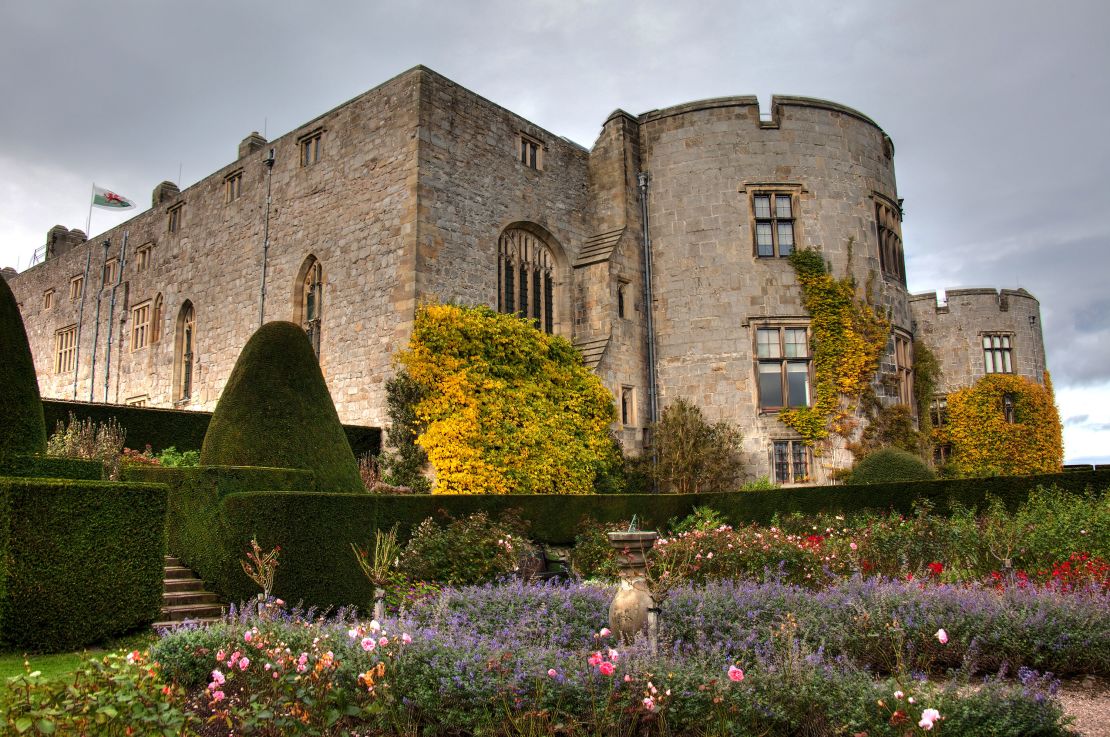
This beautifully maintained castle in the Welsh Marches, close to Wrexham, has an imposing but simple style.
Building work was finished in 1310 and it’s been inhabited ever since, passing through a series of noble families.
Initially constructed as one of several castles along the English border, designed to subdue the local population, Chirk went on to become a stately home full of antiques. It even served as a home for evacuees during World War II.
White Castle, Monmouthshire
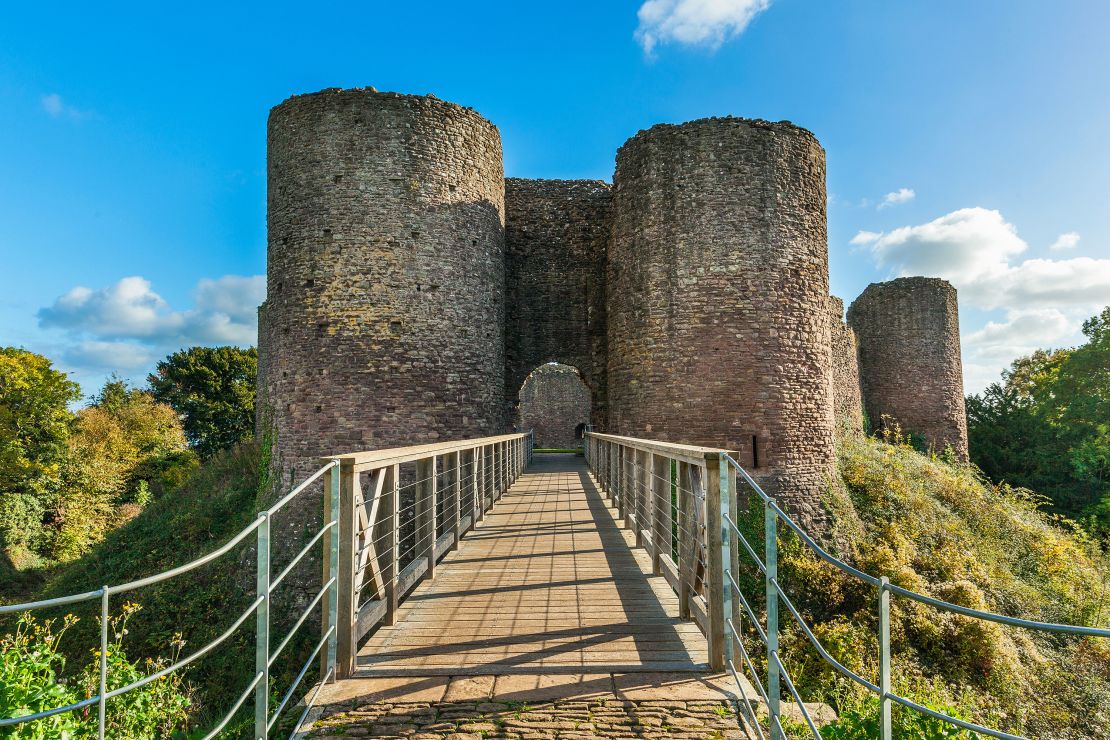
One of the “Three Castles,” along with Skenfrith and Grosmont, built by the Normans to protect the route into Wales from Hereford, the White Castle is said to have derived its name from the rendering on its walls.
Today it’s a ruin, albeit one that showcases how bigger castles in the north of the country would go on to look in the late 13th century.
Kidwelly Castle, Carmarthenshire
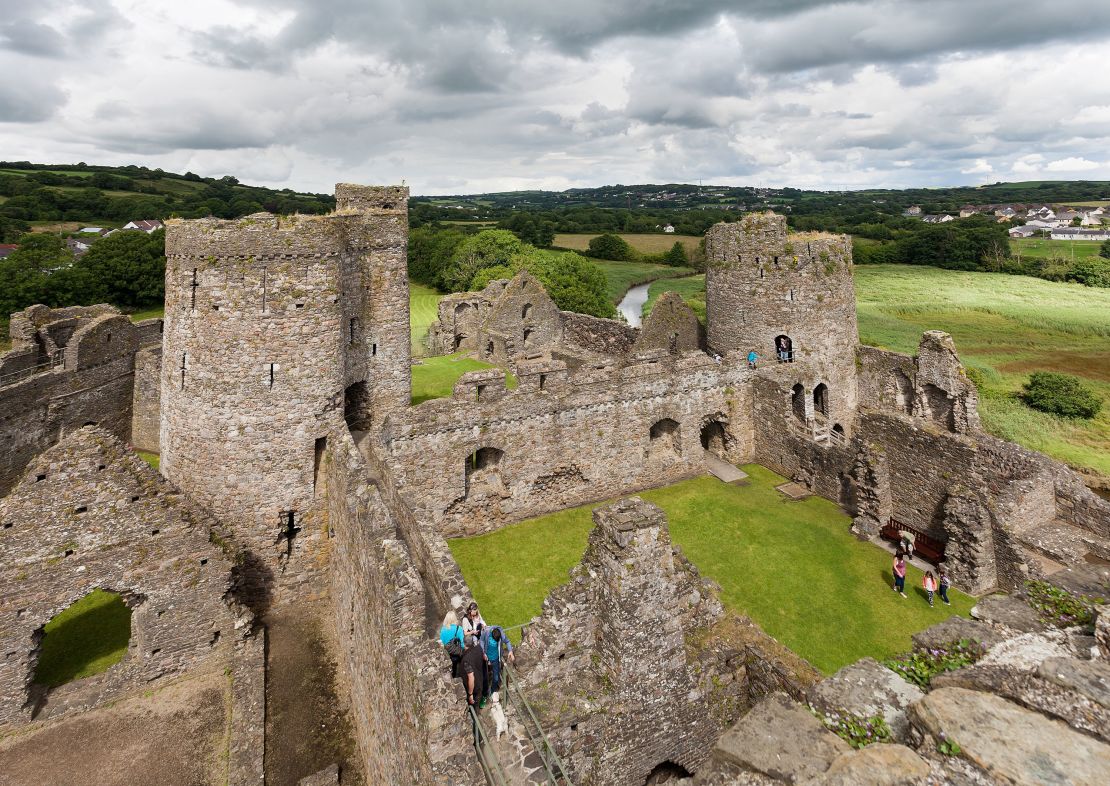
While a castle has stood on this site since the early years after the Norman invasion, it wasn’t until the 1280s that the current stone construction was built.
A “castle within a castle,” with an outer wall protecting four towers within, Kidwelly proved impossible for Welsh princes to capture. The castle gained cult fame in the 20th century after appearing in “Monty Python and The Holy Grail.”
Castell Coch, Cardiff
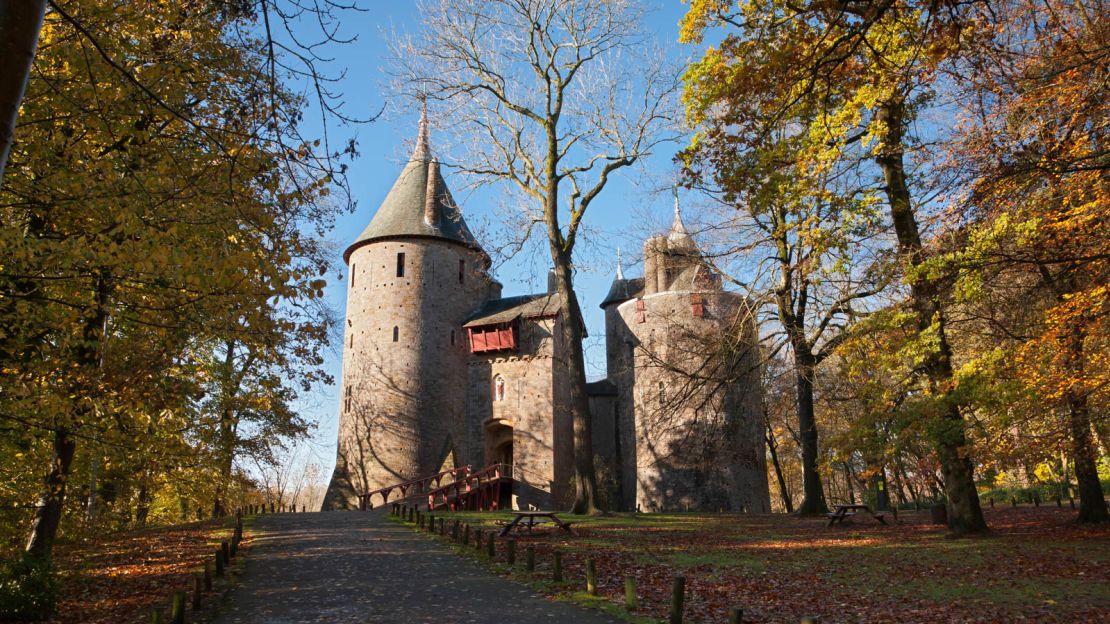
While fortifications have stood here for the best part of 900 years, it wasn’t until the late 19th century that Castell Coch became the incredible building it is today.
Designed by William Burges on behalf of the third Marquess of Bute, this masterpiece of Gothic revivalism had its own vineyard and was one of the most spectacular stately homes of the period.
Castell Dinas Bran

High above the town of Llangollen, Castell Dinas Bran is one of the most prominent castles in Wales.
Often translated as Crow’s Castle, the views it affords of the surrounding area made it an obvious location for a fort.
The current ruins were built by the area’s Welsh rulers in the 1260s, in a bid to repel English invaders.
The castle was destroyed by fire in the 1270s when English nobles attempted to capture it.
Llansteffan Castle
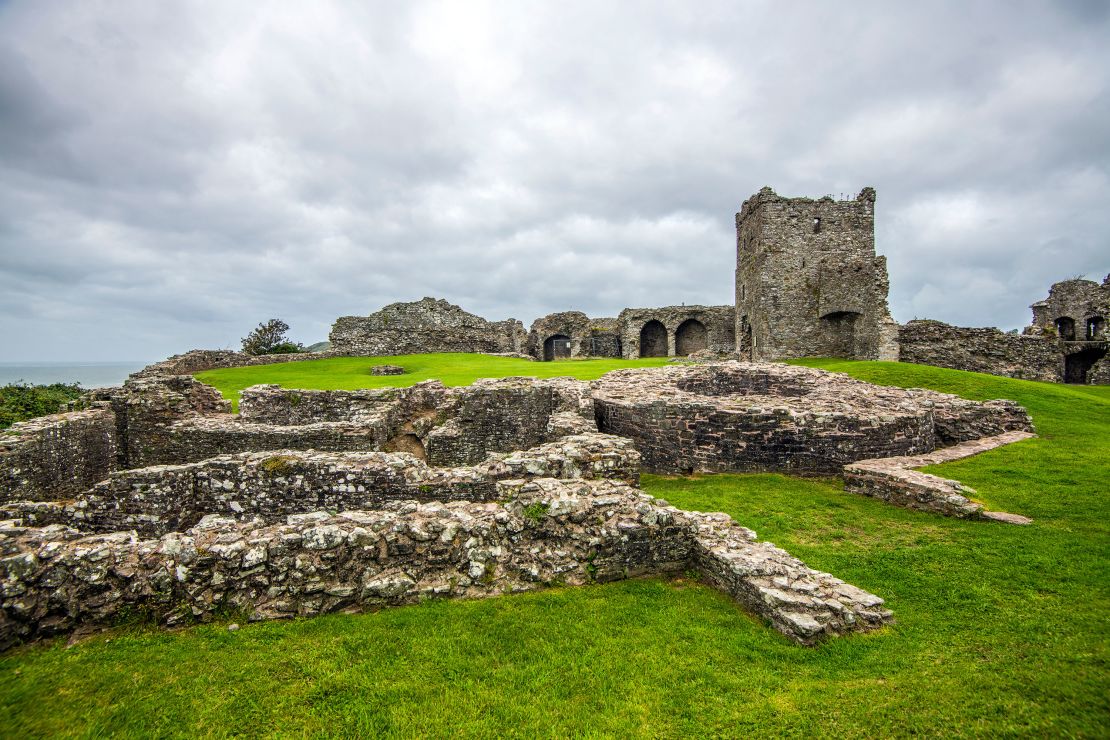
With impressive views of the Tywi estuary and Carmarthen Bay, Llansteffan Castle can trace its origins back to an Iron Age fort built here around 600 BCE.
The twin towers of the gatehouse were built in the 1280s, with the castle fought over by Norman settlers and local princes until it eventually fell into disrepair in the 14th century.
Criccieth Castle
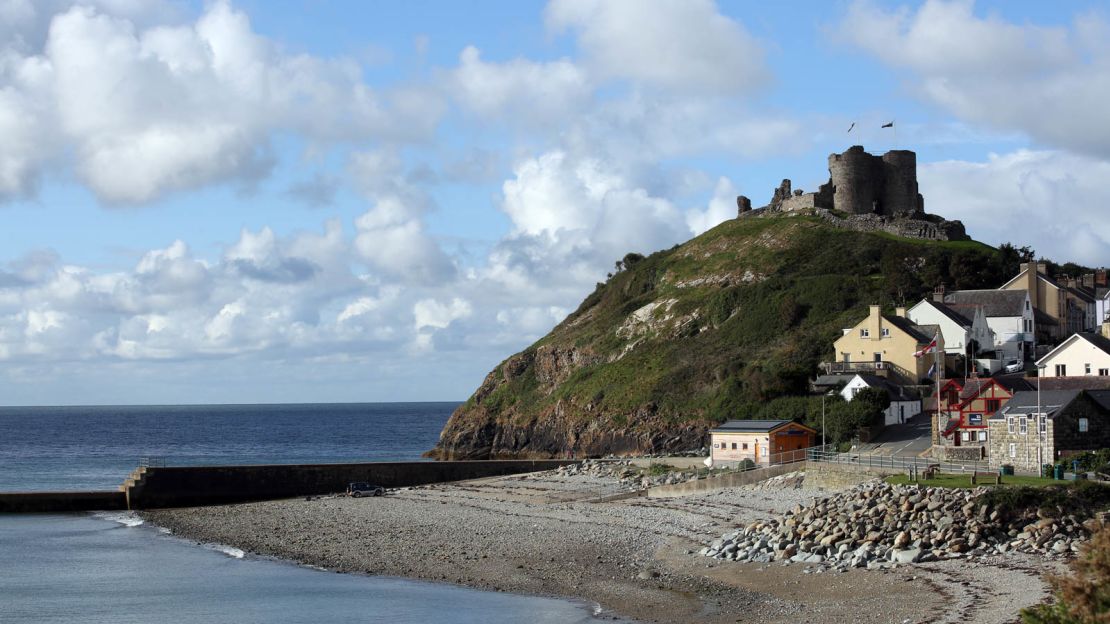
Found on the south coast of the beautiful Llyn Peninsula, Criccieth Castle looks out over Cardigan Bay.
Built by Llywelyn the Great, this native castle was captured by Edward I in 1283 and became a prison before its walls were torn down by forces loyal to the rebel Owain Glyndwr in 1404, who also set it alight for good measure.
























